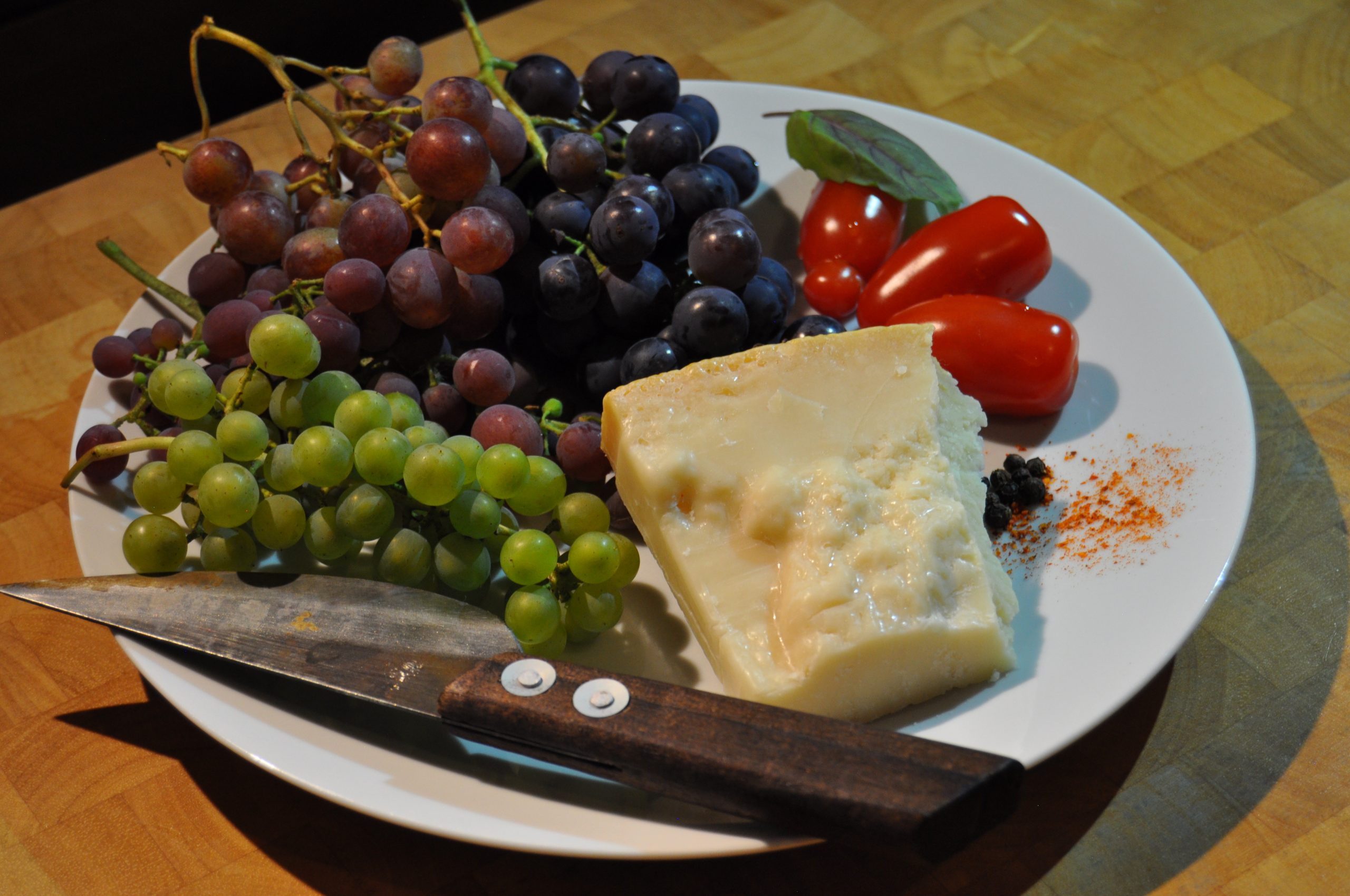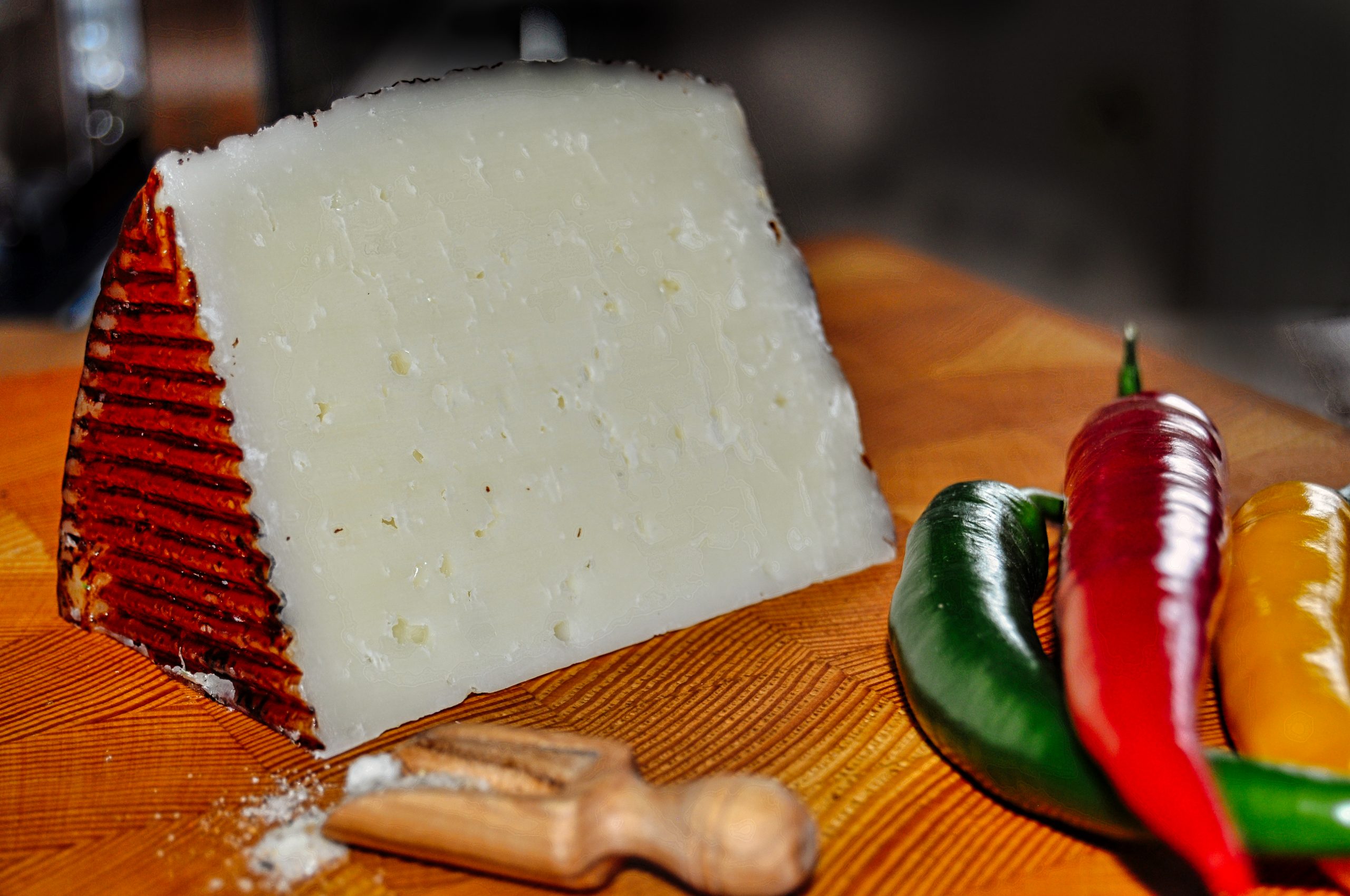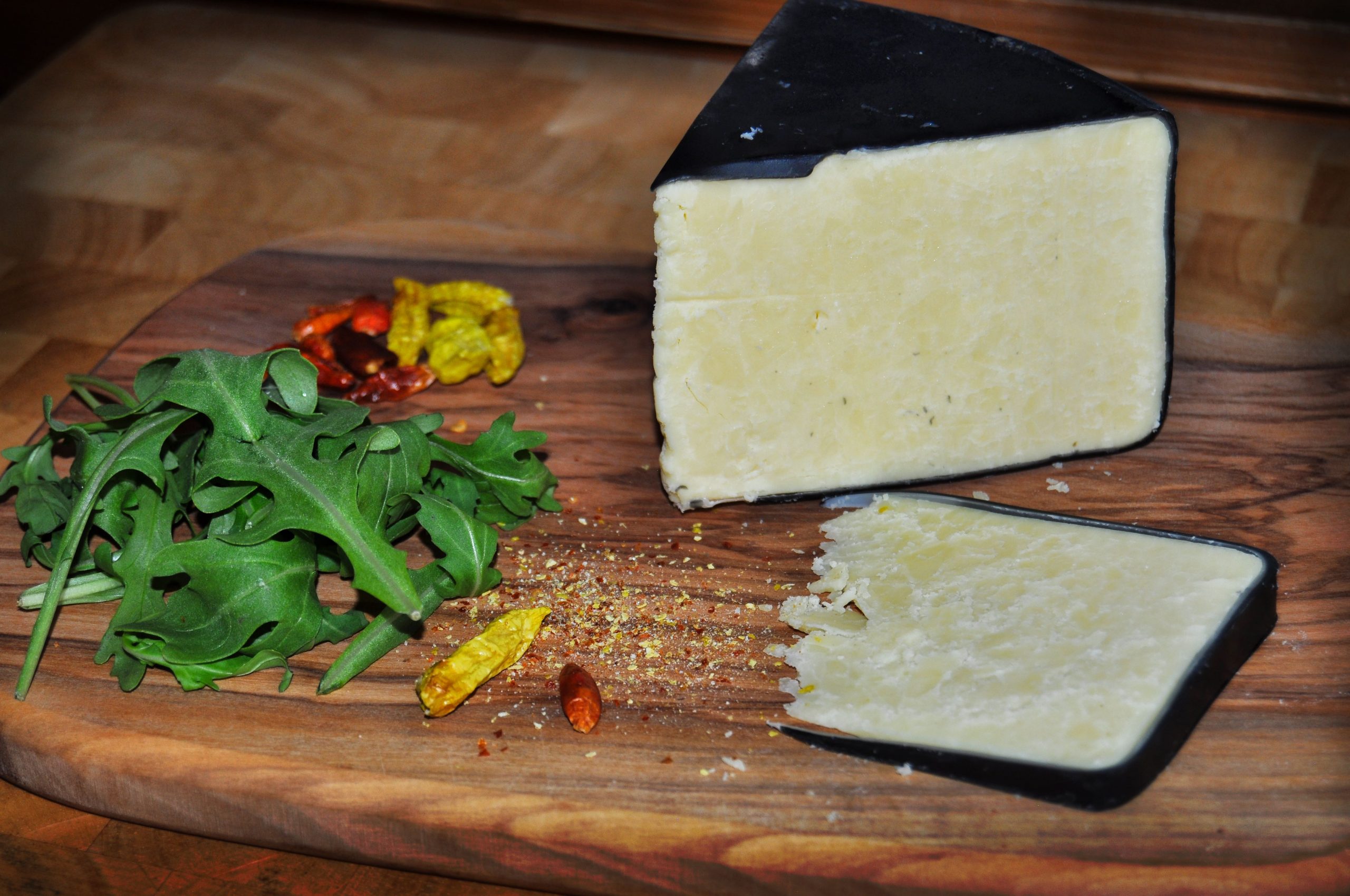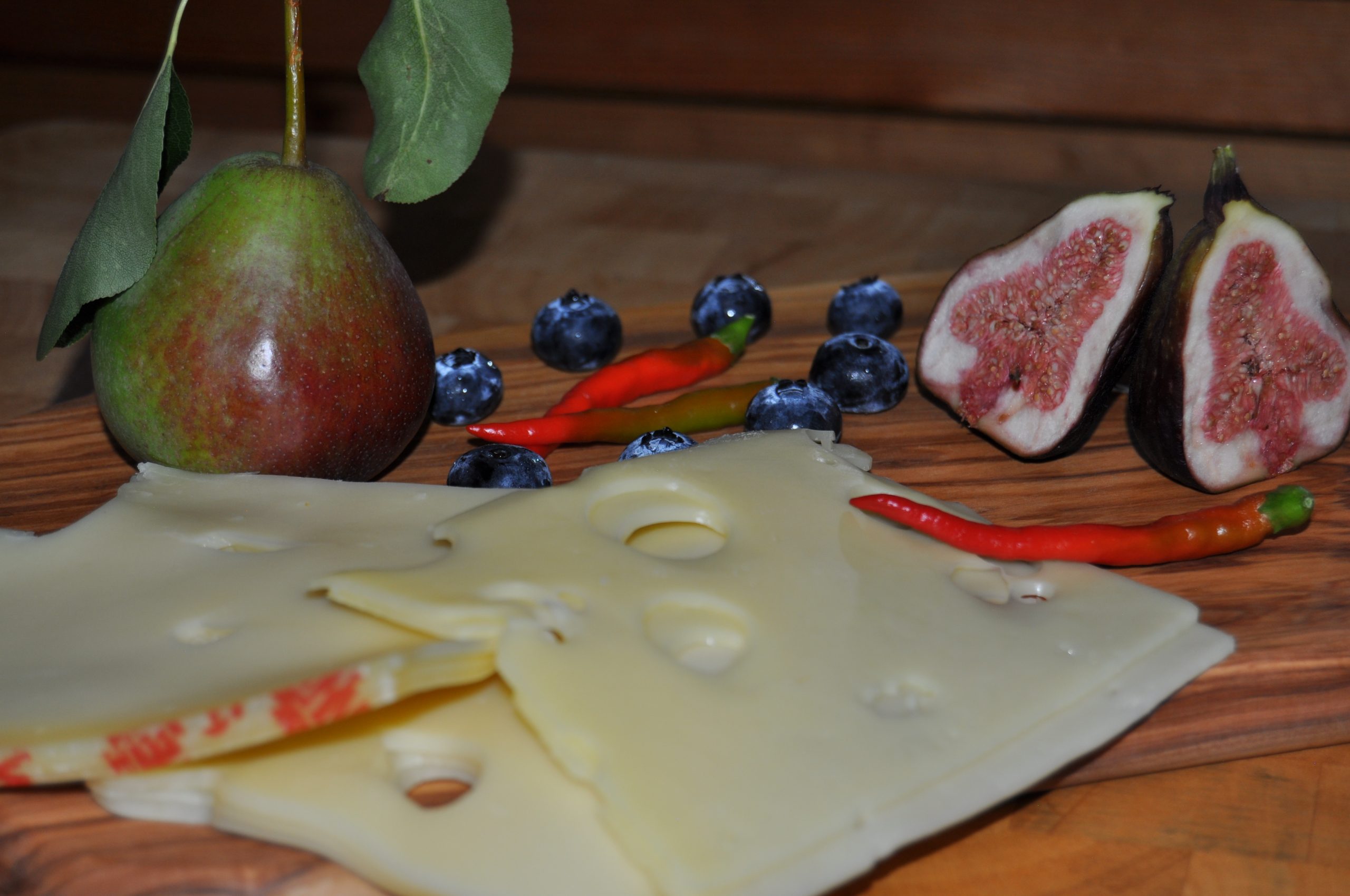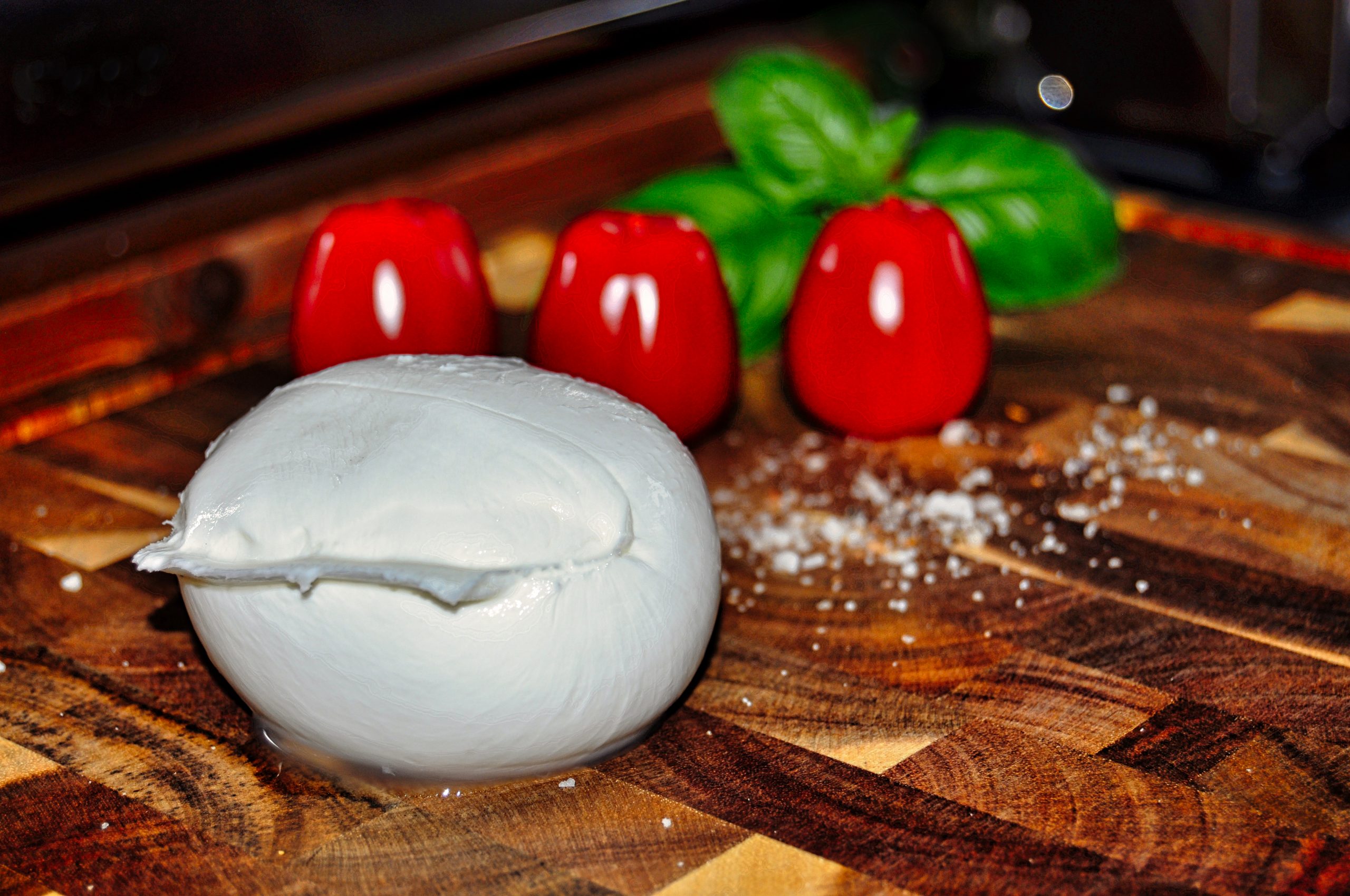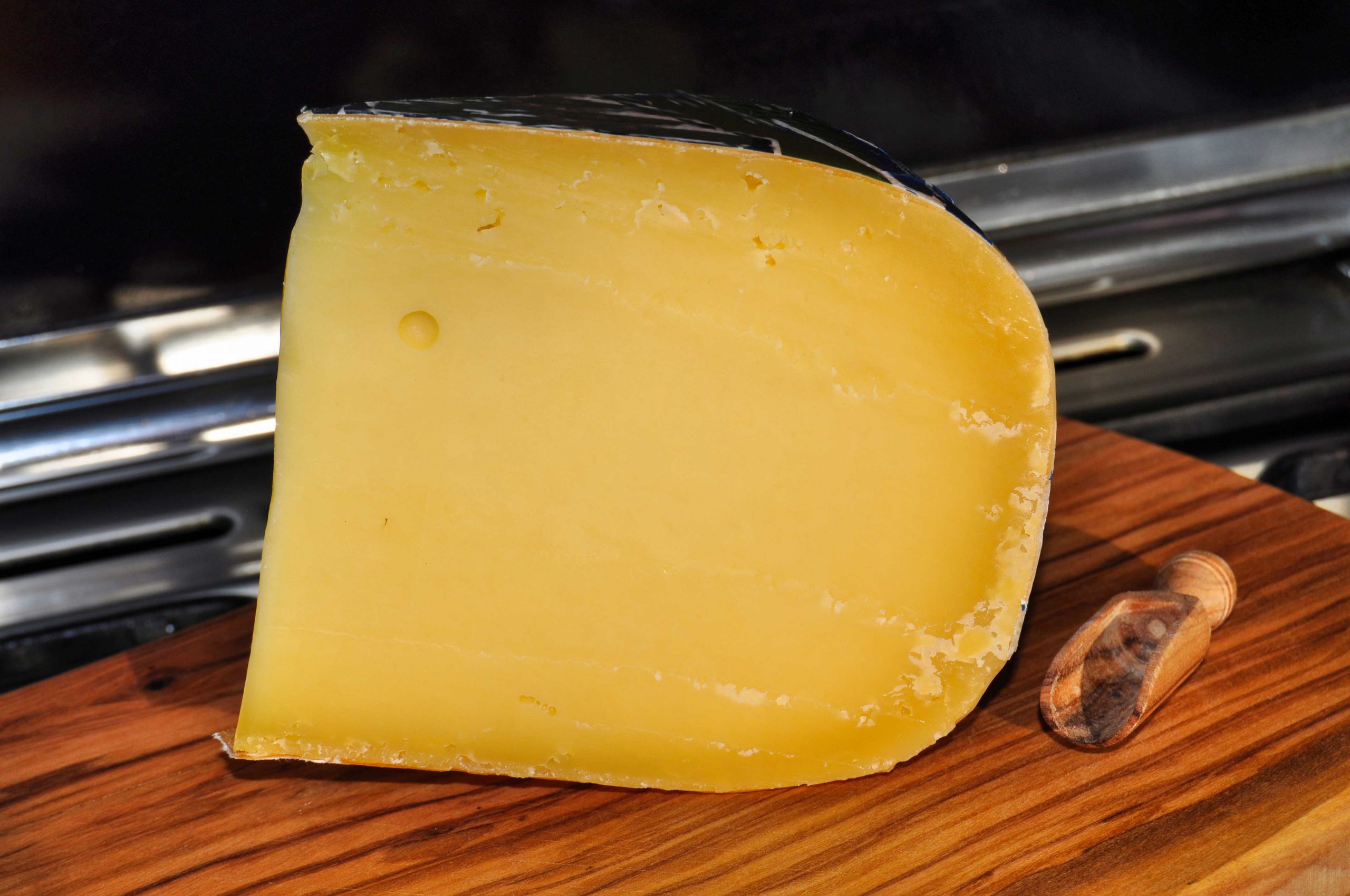Near the small town of Cheddar in the south-western English county of Somerset there is a “Cheddar Gorge”: Centuries ago, milk and cheese were stored in this gorge. The gorge, which is criss-crossed with caves, remained cool even in the height of summer and acted like a natural refrigerator – it is rumoured that the first Cheddar was created in this Cheddar Gorge.
In the twelfth century, the English King Henry II named Cheddar his favourite cheese – the preference for Cheddar remained firmly anchored in the English royal family from then on. Queen Victoria, for example, was given a Cheddar cheese loaf weighing 500 kilograms on the occasion of her wedding in 1840.
Originally, Cheddar cheese was produced in southern England: During the 20th century, however, the cheese began its journey around the world; if Cheddar were only made in England, it would be impossible to meet the worldwide demand for the cheese. The name Cheddar alone is not protected, which is why quite different products are now marketed under the name Cheddar, which have little in common with the original product from Somerset.
It’s unknown how much cheddar is consumed at the English royal court today.
Myths and legends
As with so many other cheeses, there are numerous myths surrounding the origin and invention of Cheddar: the legend that a milkmaid once forgot a pot of milk in a cave in Cheddar Gorge and then returned days later to find cheese is not entirely impossible: But the product that the girl might have found days later probably had little in common with cheddar as it is known today. It can be assumed, however, that the people of Somerset in south-west England discovered cheese-making in this or a similar way and thus a way of preserving milk. In the Middle Ages, cheddar was a regional product from south-west England, advertised locally at numerous markets and reserved mainly for aristocratic circles outside this region. The English royal family’s fondness for the traditional cheese continued into the early modern period – however, it’s unknown how much cheddar is consumed at the English royal court today.
One might wonder: What distinguishes Cheddar and what sets it apart from other cheeses from around the world?
West Country Farmhouse Cheddar
The production of the most traditional of all cheddar varieties, West Country Farmhouse Cheddar, follows a clearly defined set of specifications: after all, this name is protected, in contrast to the common cheddar. West Country Farmhouse Cheddar is recognisable in particular by the fact that it does not have an orange colouring like many industrially produced Cheddar varieties: the orange colouring was originally intended to imitate the colour of a cheese made with fresh milk from high-summer. Today, the orange colouring is achieved by adding the vegetable dye annatto, which is not used in traditional West Country Farmhouse Cheddar.
Whereas traditionally produced cheddar is often made from raw milk, the milk in industrial production is always pasteurised: Artisan Somerset Cheddar – produced in the region around the town of Cheddar – is popular with cheese lovers because it is always made from raw milk.
First production steps
In any case, the manufacturing process begins by adding a bacterial culture to the heated milk, which ferments the milk: The typical Cheddar flavour is mainly due to the bacterial culture used.
The subsequent addition of rennet coagulates the milk: the milk is now thicker and in a state known as curd. This curd is then broken up by the cheese maker, who separates the whey (the liquid part of the milk) from the curd (the solid part of the milk). The resulting mixture is now heated to 40 degrees Celsius with constant stirring – in the course of this process the mixture continues to ferment and slowly becomes acidic. Once the desired degree of acidity has been reached, the whey is drained off.
The curd is now still in the kettle and slowly becomes a solid mass.
Now comes the production step that gives Cheddar its heart and soul…
The process of “cheddaring” is the reason why cheddar stands out from other cheeses.
Cheddaring and ripening
The next step is called “cheddaring” and is the reason why cheddar stands out from other cheeses: During this step, the curd rectangles that were created earlier are turned over several times and stacked on top of each other. By doing this, the cheesemaker tries to drain as much whey as possible from the curds. The cheesemaker also keeps an eye on the acidity during this step – when the desired degree of acidity is reached, the large cheese rectangles are crushed and pressed, and the small pieces of cheese that have now been created are salted evenly. The small pieces of cheese are then pressed into cylinder- or cuboid-shaped moulds. In the traditional production of Cheddar, the wheels are now wrapped in muslin cloth soaked in pork fat, which provides an additional enhancement of flavour. In some cheese dairies, they use vegetable fat instead. Now the cheddar is ready to be stored and matured for a few months – there is no fixed maturing time for cheddar, usually it is a few months.
A cheeseburger without cheddar? Unthinkable.
There are countless uses for cheddar: Traditional cheddar from its area of origin in the southwest of England is often enjoyed on its own or with a lightly buttered slice of bread. A traditional cheddar like West Country Farmhouse Cheddar would be wasted if it were used as one of many ingredients on a cheeseburger, where its taste could not unfold.
Industrial cheddar is typically used on a traditional cheeseburger: thanks to the cheddarring production step, industrial cheddar shares the crucial production step with its more traditional cheddar counterparts – it’s hard to imagine a true cheeseburger where the burger pattie isn’t topped with a slice of cheddar.
In the USA, cheddar is the second most eaten cheese: Only mozzarella is eaten more often. No wonder, because the applications of the cheese, which originally comes from southwest England, are almost unlimited – for example, cheddar is also used as a processed cheese in various dishes.
Homages to the centuries-old tradition of cheddar, such as the West Country Farmhouse Cheddar or the Orkney Scottish Island Cheddar from Scotland, which is matured for up to 18 months, make the hearts of those cheese lovers beat faster, who are enthusiastic about the origins of the cheese known all over the world, apart from the industrially produced cheese varieties.
Cover picture: Black Wax Farmhouse Cheddar from Southwestern England, © Simon von Ludwig

 Deutsch
Deutsch